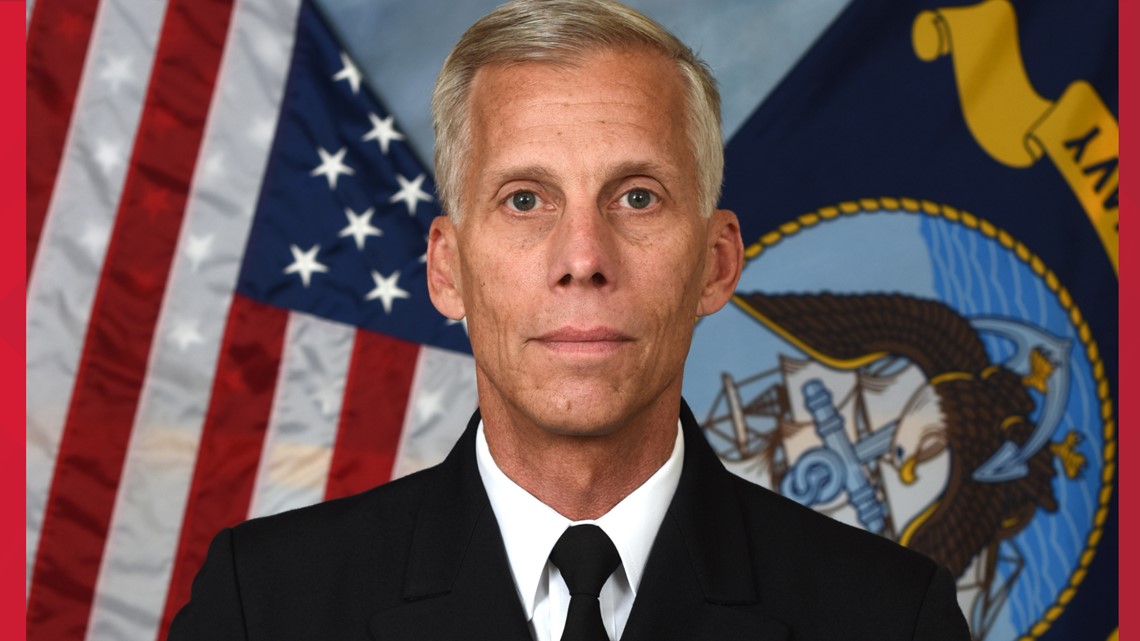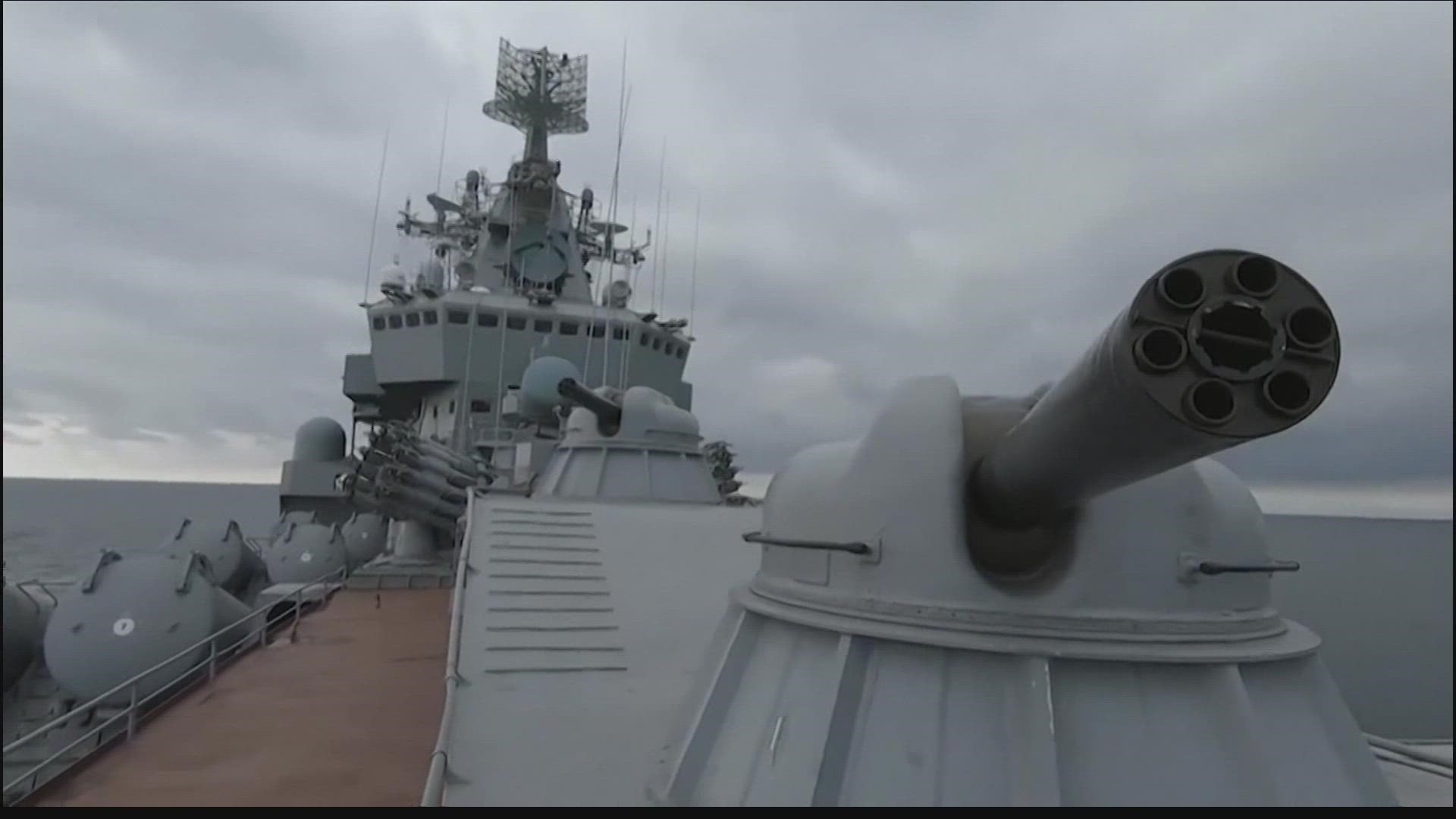JACKSONVILLE, Fla. — Every year on May 17, sailors and families at Mayport Naval Station stop to remember the attack on the USS Stark in the Persian Gulf.
Thirty-seven sailors were killed; 21 injured.
The ship, based in Mayport, was hit by two surface-to-air missiles. Supposedly, an Iraqi pilot mistook the Stark for an Iranian ship. That's what the Iraqi government said. It was the deadliest attack on a U.S. Navy ship since the Vietnam War.
First Coast News asked our military expert to give us perspective.
Vice Admiral Rick Snyder, retired, served at Mayport as a helicopter pilot and as the USS Bataan Commanding Officer.
He's also an expert on defense strategy, working for years at the Pentagon.
FIRST COAST NEWS: Just four months after the Stark attack, you were on the Stark's sister ship, the USS Thach. What changes did you see right away?
ADMIRAL SNYDER: "First, I join everyone in remembering and honoring those lost in the attack and their family members, friends, and shipmates.
I deployed on USS THACH after the attack to replace the STARK in the Persian Gulf after she was struck. There was a very serious mindset as we prepared for that deployment, knowing that we were headed to a conflict zone in which we'd just lost 37 shipmates. While the details of what happened to STARK were still unfolding then, we knew they'd been attacked, unexpectedly, with a missile.
We also knew that heroic damage control after the attack saved the ship. So as an entire crew, we trained hard and often on tactics to defend against a missile attack and on damage control. Once on station in the Persian Gulf, procedures were put in place to better track and account for unknown aircraft that could be a threat. For example, we went to general quarters, battle stations, anytime an unknown air contact was detected. But what really changed was the mindset - we were well-trained and ready to defend ourselves - STARK was always on our mind."


FIRST COAST NEWS:
Admiral, you say there's an example of preparedness, a mine strike in 1988 involving the USS Samuel Roberts.
ADMIRAL SNYDER:
In addition to courageous Sailors, you need three things to effectively respond to damage on a ship - the right equipment, the right training, and the right leadership. USS SAMUEL B. ROBERTS less than a year after the STARK attack, struck a mine. By most measures, she should have sunk. Mines are designed to break the keel, the backbone, of a ship, and that is what happened to ROBERTS. The mine blew a 15 to 20 foot hole in the hull and flooded the engine room, but the crew was trained and ready. They fought the fires and flooding for more than four hours and kept her from sinking. Both STARK and ROBERTS later returned to the Fleet. A real testament to our Sailors, their toughness, training, and their leadership
FIRST COAST NEWS:
Let's make a comparison between the Stark attack and the sinking of the Moskva, the flagship Russian ship the Ukrainians took down several week ago.
You say this helps us appreciate the bravery and effective action the Stark sailors took 35 years ago.
ADMIRAL SNYDER:
The MOSKVA was blind to the attack because its eyes were closed. Its back was turned. These were dramatically different circumstances and outcomes. For perspective, MOSKVA was essentially 3 times larger than STARK with two and half times as many crew members. Both ships were struck with similarly destructive missiles. Unlike STARK, MOSKVA was an active combatant in a war, about 50 miles from the enemy who had known capability and intent to attack. Their unresponsiveness in that circumstance displayed incredible incompetence. The Moskva was designed to kill or be killed. She was not designed for survivability. After the attack, her damage control efforts seem to have been non-existent. When USS SAMUEL B. ROBERTS and STARK were attacked in the Persian Gulf in the late 80s, they suffered catastrophic damage too, but both crews had the leadership and capability to fight the damage and survive. Finally, positioning a capital warship 50 miles from the enemy, and not being ready to defend herself, was a fatal tactical mistake.
If you have a question for our military expert, Vice Admiral Rick Snyder, retired, feel free to email anchor Jeannie Blaylock at jblaylock@firstcoastnews.com

